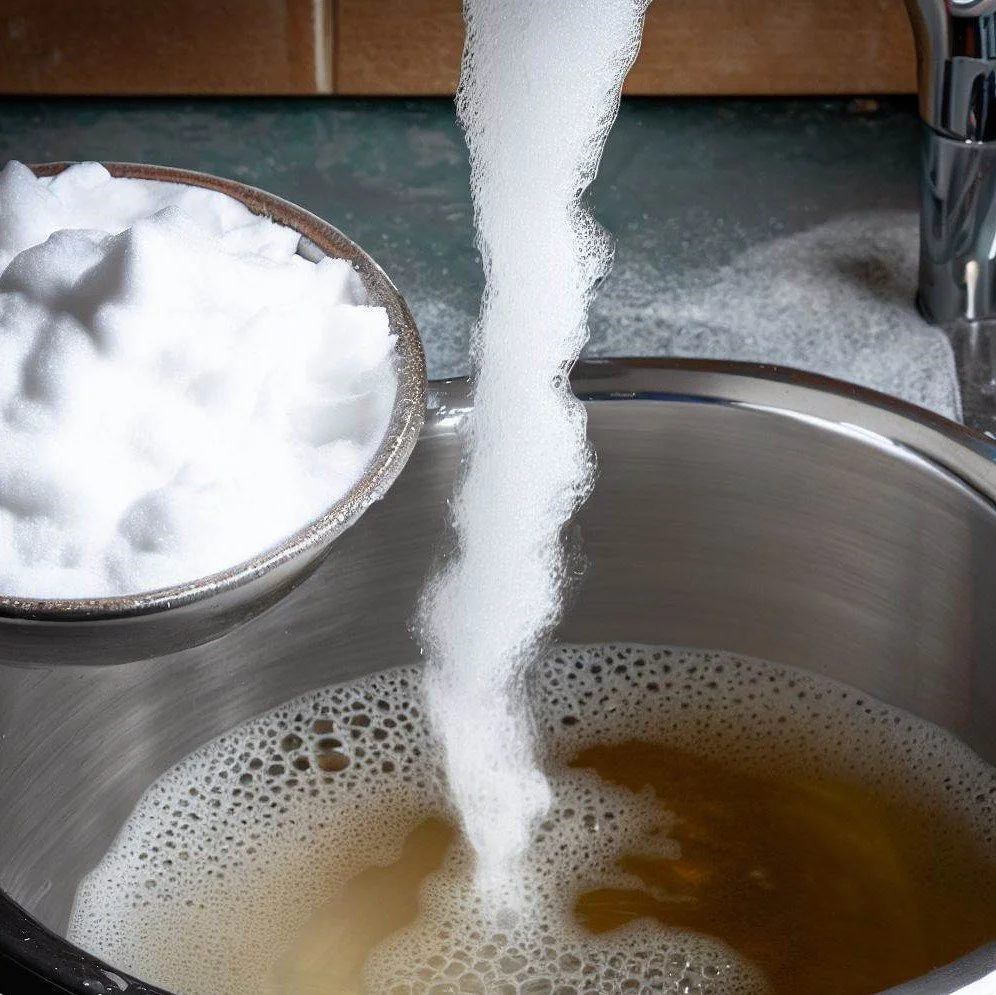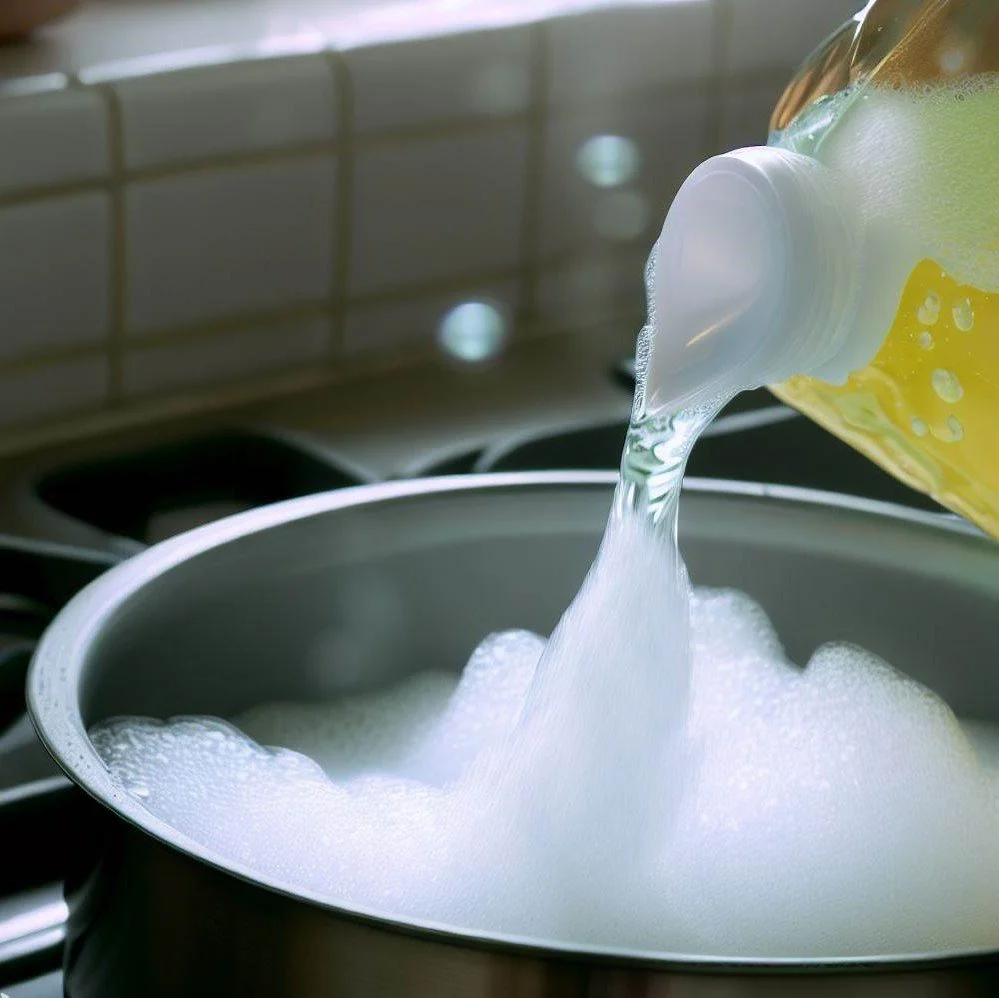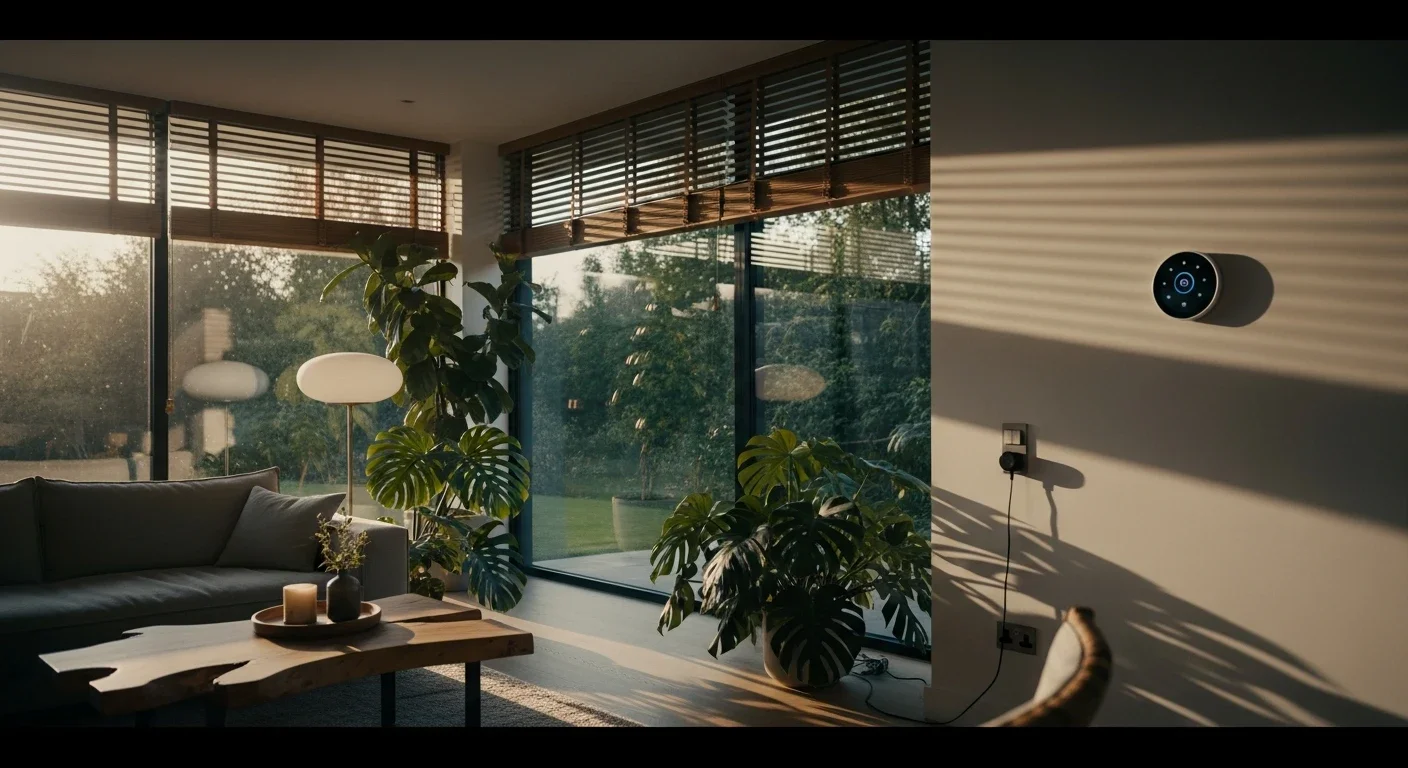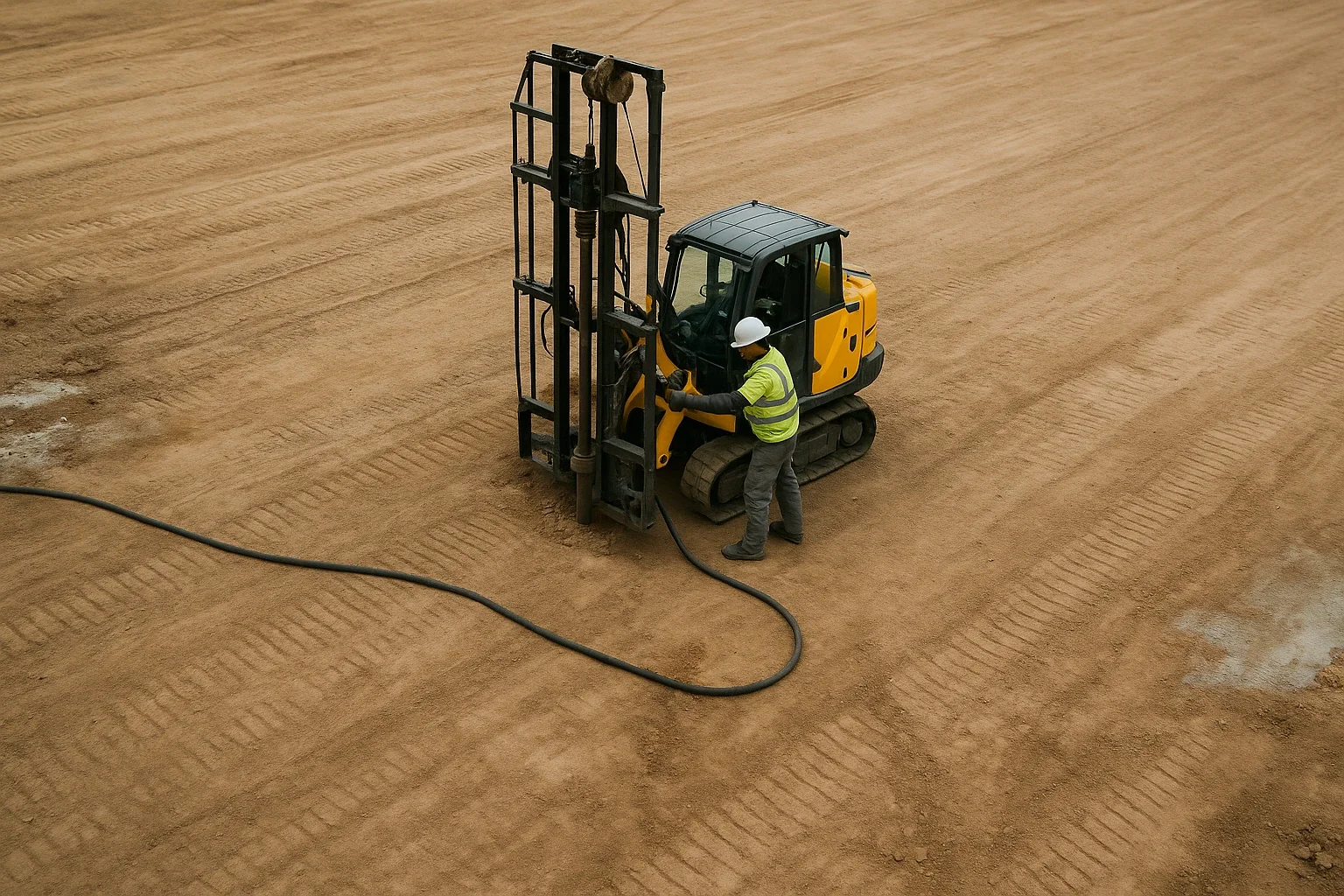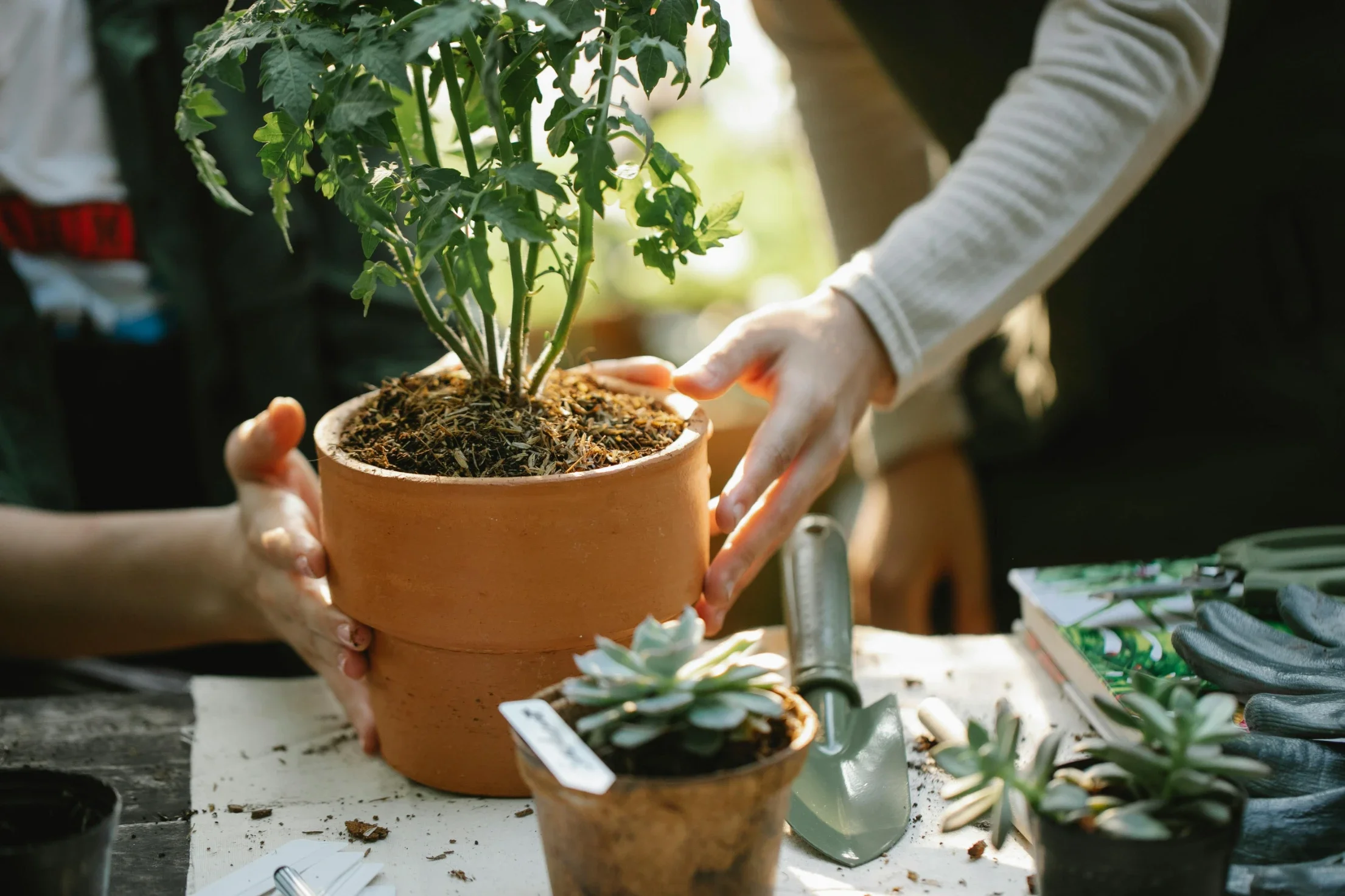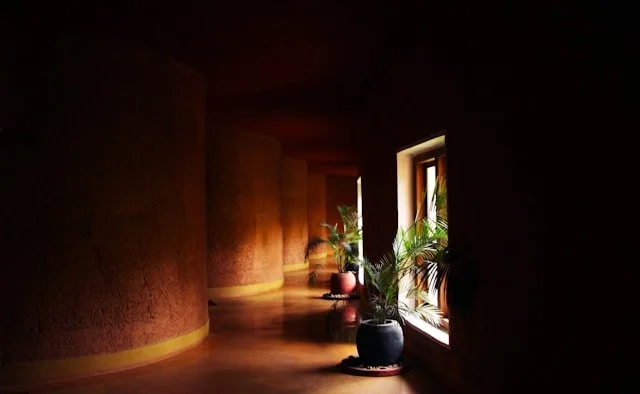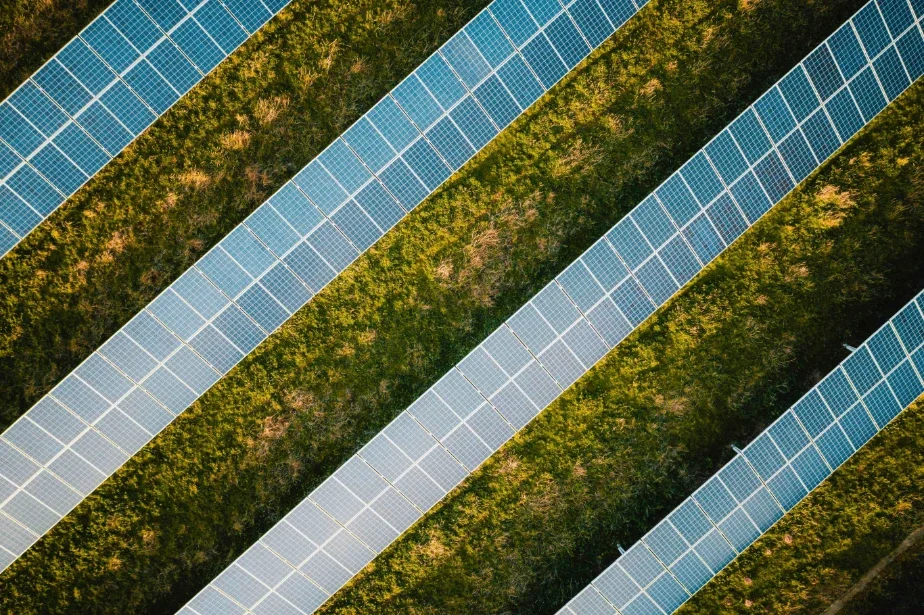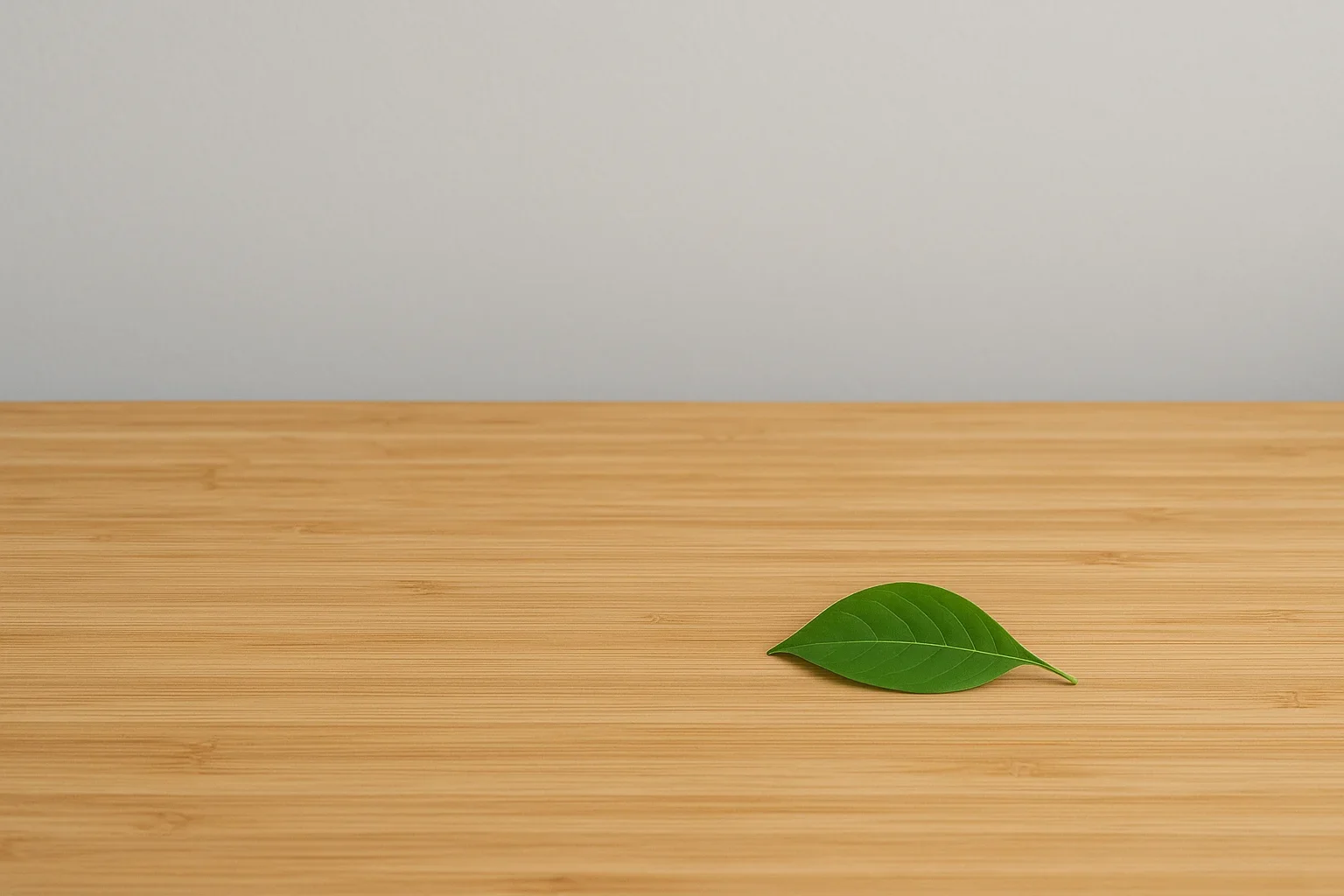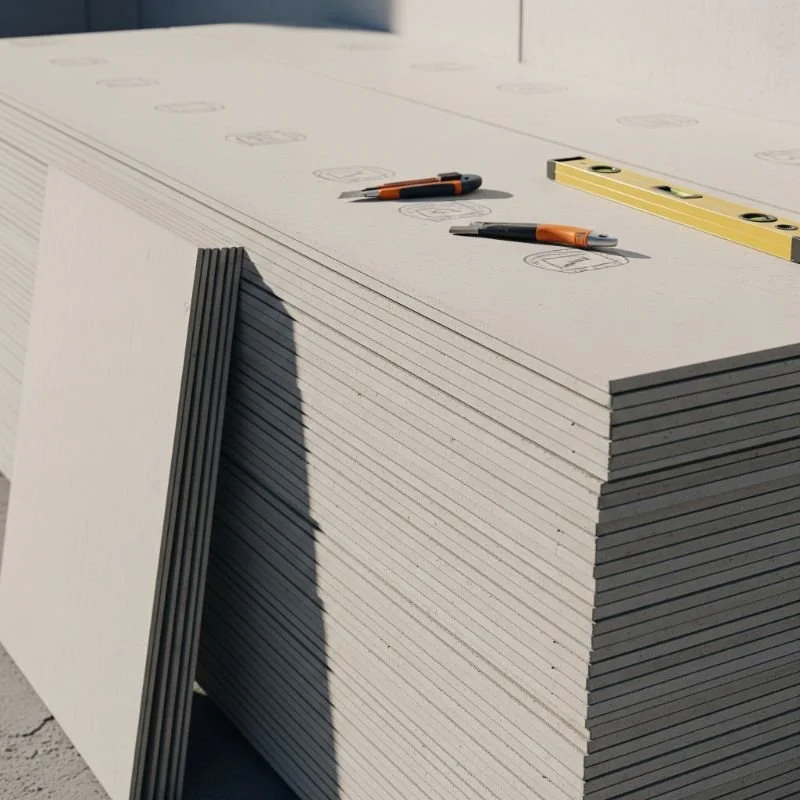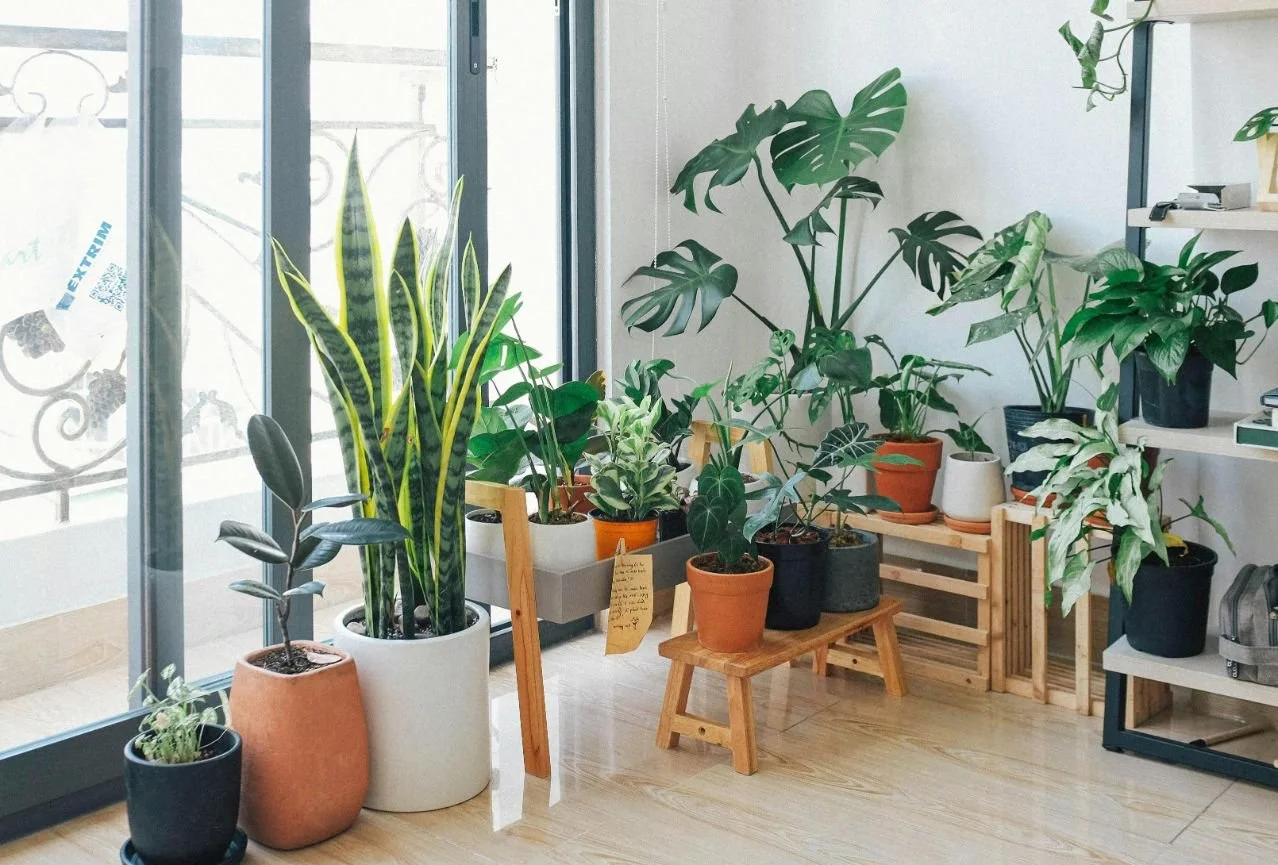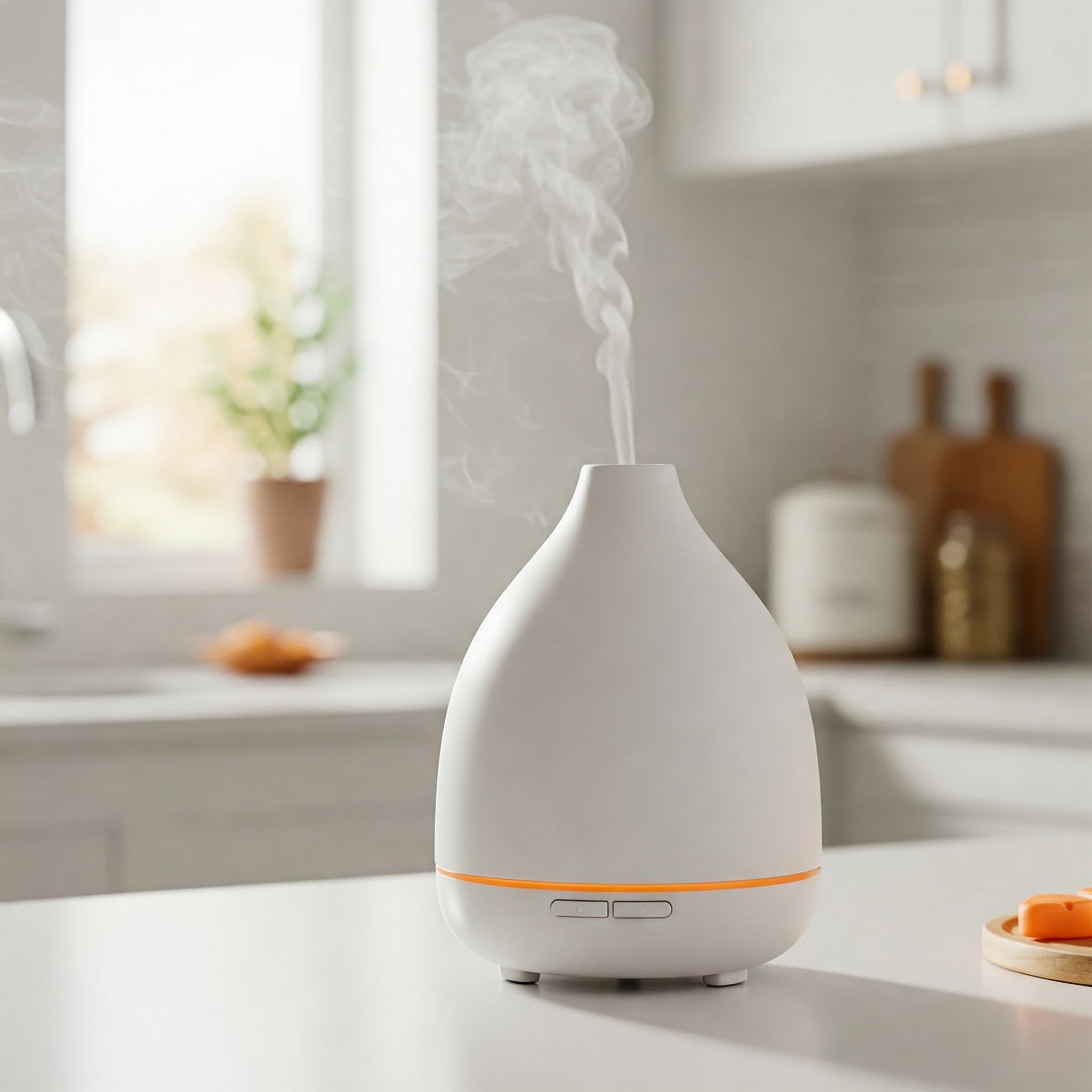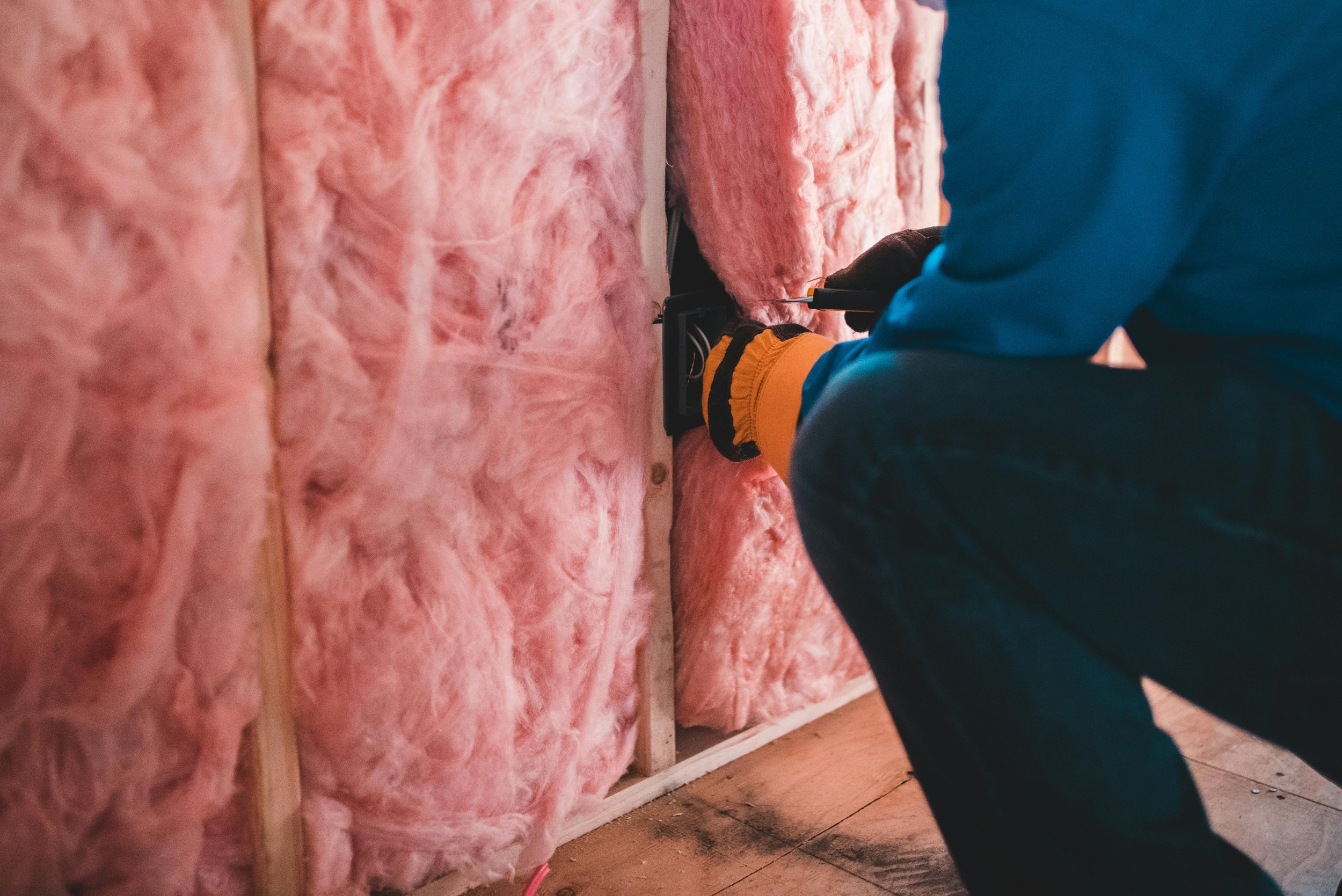Flush the Clog Away: Your Comprehensive Guide on How to Unclog a Garbage Disposal with Standing Water
Tired of battling with a clogged garbage disposal filled with standing water? Discover a step-by-step guide to solve the issue using everyday household items. No more waiting for the plumber!
Kitchen sink clogged with water.
Introduction:
Ever stared into a sink full of murky, standing water and wondered how it came to this? We've all been there. Blocked garbage disposals are notorious for bringing our daily routines to a screeching halt. But what if I told you that you could reclaim your kitchen without waiting for the plumber to rescue you? Intrigued? Perfect! Let's dive into the realm of DIY solutions and explore how to unclog a garbage disposal with standing water, using items you can find right at home.
Outline
1. Understanding the Problem
What's Clogging the Disposal?
The Perils of Standing Water
2. Preparation: Tools You'll Need
The Household Cavalry
3. Safety First!
Disconnect the Power
4. Initial Checks
Check the Disposal
Inspect the Sink
5. The Plunger Method
Preparing the Sink
Plunge Away!
6. The Baking Soda and Vinegar Method
Preparing the Solution
Application and Wait Time
7. The Dish Soap and Hot Water Method
Mixing the Solution
Pour, Wait, Repeat
8. Checking the P-Trap
Location and Purpose of the P-Trap
How to Clean the P-Trap
9. Reassembling and Testing
Putting it Back Together
The Moment of Truth
10. Maintenance and Prevention
Regular Cleaning
Foods to Avoid
11. When to Call a Plumber
Recognizing Your Limitations
Emergency Signs
1. Understanding the Problem
The daily rhythm of any modern kitchen is largely set by its silent partner, the garbage disposal. The disposal's role in your culinary symphony is akin to an orchestra conductor, efficiently and quietly managing the remnants of your mealtime masterpiece. But what happens when this partner falls silent, and your sink fills with standing water? Suddenly, the melody of your kitchen hits a sour note.
Understanding the root cause is our first step towards tuning this culinary instrument. Let's get to the bottom of this dissonant situation.
What's Clogging the Disposal?
The job of a garbage disposal is to grind food waste into small pieces that can pass smoothly through your pipes. However, not all food types are created equal. Some substances are more stubborn than others and refuse to go quietly. Imagine trying to dance in quicksand; that's what it's like for your disposal when it encounters items like coffee grounds, grease, eggshells, or fibrous vegetables like celery and corn husks. These substances are notorious for entangling themselves in the disposal's mechanism, leading to an unwelcome clog.
Items causing disposal clog.
The Perils of Standing Water
Standing water is the sidekick of a clogged disposal - unwelcome, yet often present. This stagnant water is more than just an inconvenience or an unsightly mess. It serves as a breeding ground for bacteria, leading to a terrible odor and potential health risks. Not quite the bouquet you'd want wafting from your kitchen, right?
Unhealthy standing sink water.
2. Preparation: Tools You'll Need
Before you don your armor and prepare to slay the dragon that is your clogged disposal, let's assemble the right tools. For this mission, you'll need a plunger, baking soda, vinegar, dish soap, a bucket, and a good dose of determination. Chances are, you already have these in your household arsenal.
3. Safety First!
Remember, when you're dealing with appliances, especially ones connected to power and water, safety should always come first. It's essential to turn off the garbage disposal unit and unplug it from the power source before starting any clog-busting activities. Consider it a 'red light' in your journey, a necessary pause to ensure safe passage.
4. Initial Checks
Check the Disposal
Once you've unplugged the disposal, it's time for a quick inspection. Gently nudge the disposal. If it's humming but not grinding, then it's likely jammed. This humming is like the quiet murmur of a sleepy child; it indicates that the system is awake but unable to move. It's a clear sign of a clog.
Inspect the Sink
If you're staring at a sink full of standing water, don't despair. It's just a temporary obstacle on your path to victory. At this point, it's time to take your plunger and prepare for action.
5. The Plunger Method
Plunger in action.
Preparing the Sink
Ready to take the plunge? Start by covering the sink drain entirely with the plunger, ensuring a firm seal. This process is like placing a hat on your head on a cold day - it should fit snugly, leaving no room for air to escape.
Plunge Away!
Next, give the plunger several quick pushes and pulls. This action might help dislodge the clog. Think of it as a rhythmic dance routine - the pressure and suction created by the plunger moves to the beat of your efforts, working to free the blockage.
6. The Baking Soda and Vinegar Method
If the plunger method doesn't work, don't worry. It's time to call in our superhero duo - baking soda and vinegar. These everyday kitchen ingredients are about to show you their extraordinary cleaning power.
Homemade unclogging solution.
Preparing the Solution
In a bowl, combine 1/2 cup of baking soda and 1/2 cup of white vinegar. Observe as these ingredients react, causing a fizzing action. This is the secret weapon of this dynamic duo. The fizzing helps break down the food particles clogging your disposal.
Application and Wait Time
Next, pour this concoction directly into the disposal, and then wait for 15-20 minutes. During this time, the solution works its magic, breaking down the stubborn clog, much like a secret agent would defuse a complex security system. Patience is key at this stage.
7. The Dish Soap and Hot Water Method
If you're still grappling with the clog, it's time for a different approach. The combination of dish soap and hot water can often work wonders.
Soap and hot water mix.
Mixing the Solution
Start by boiling a pot of water. Once it's boiling, add a generous squirt of dish soap. This duo works similarly to a team of professional cleaners - the dish soap loosens the grease, while the hot water melts it away.
Pour, Wait, Repeat
Slowly pour this mixture down the drain. Then, wait a few minutes, allowing the solution to do its work. If necessary, repeat this process a few times. It's like sending in reinforcements to a battle; sometimes, it takes a few tries to achieve victory.
8. Checking the P-Trap
If the clog persists even after these efforts, it may be hiding in the P-trap. This curved pipe under your sink is often a hiding place for stubborn clogs.
Location and Purpose of the P-Trap
Look under your sink. See that U or S shaped pipe? That's the P-trap. Its primary job is to trap debris that has drained from the sink and prevent it from forming a clog further down the line.
How to Clean the P-Trap
Unscrew the pipe using a pipe wrench. Be prepared for water to spill out (that's why you have the bucket!). Remove any visible clogs, then rinse the trap thoroughly before replacing it.
9. Reassembling and Testing
Now, it's time to put everything back together and run the water to see if the clog is gone. It's like piecing together a puzzle - you won't see the complete picture until the final piece is in place.
10. Maintenance and Prevention
It's essential to remember that prevention is better than cure. Regularly cleaning your disposal and avoiding certain foods can help prevent clogs. It's like training your disposal to be an athlete - a consistent routine can lead to better performance.
Maintained garbage disposal.
11. When to Call a Plumber
While your DIY efforts are commendable, it's crucial to recognize when it's time to call in the professionals. If the clog is persistent or you notice leaks, it might be best to contact a plumber. It's always better to address the issue before it becomes a larger problem.
Conclusion
There you have it, a comprehensive guide on how to unclog a garbage disposal with standing water. With a little determination and some basic household items, you can restore harmony to your kitchen. Just remember, while it's empowering to take matters into your own hands, it's equally important to acknowledge when it's time to call in the experts.
Frequently Asked Questions
Q: Can I use commercial drain cleaners for my garbage disposal?
A: While they can be effective, they can also damage your disposal over time due to the harsh chemicals.
Q: How often should I clean my garbage disposal?
A: It's a good idea to clean it once a week to avoid build-up of food debris.
Q: Are there certain foods to avoid putting in the garbage disposal?
A: Yes, fibrous vegetables, coffee grounds, bones, and eggshells can easily clog your disposal.
Q: What if none of these methods work?
A: If you've tried everything and the clog persists, it's best to call a plumber.
Q: What's the lifespan of a garbage disposal?
A: With good maintenance, a disposal can last anywhere from 8 to 15 years.




